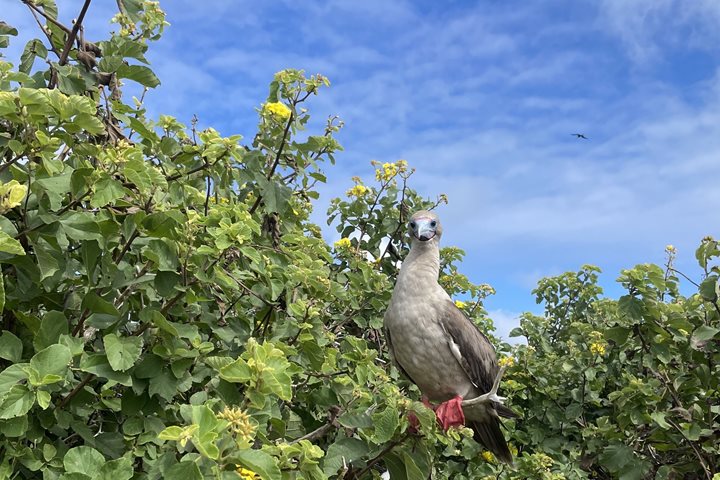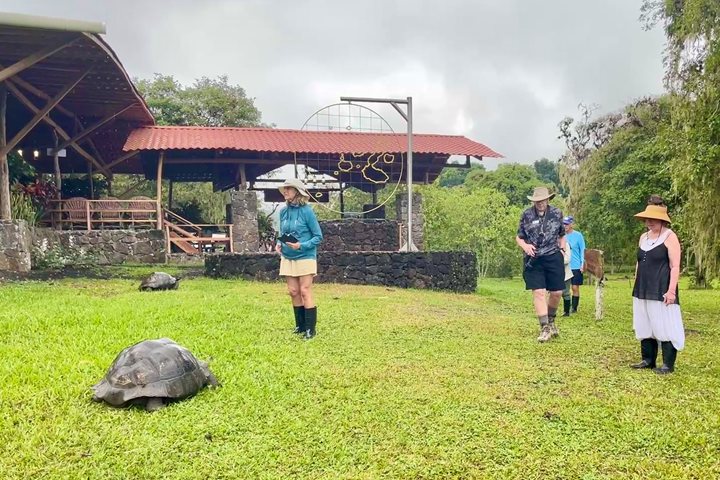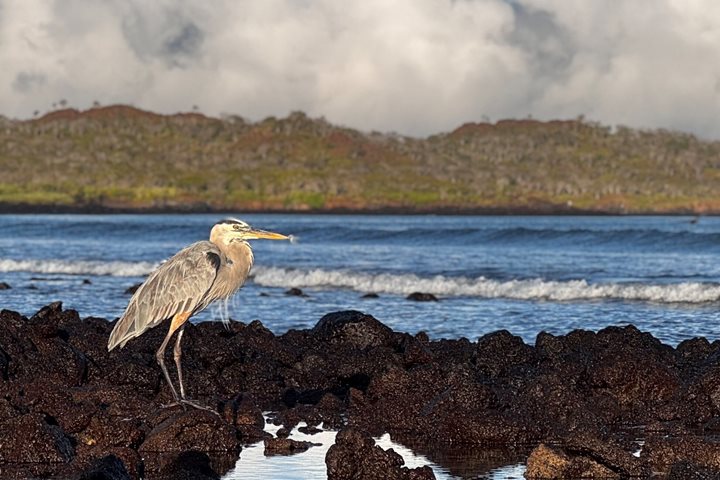Today we began our expedition by visiting a very special place: North Seymour Island. This small, flat island is located just north of Baltra. Despite its modest size, the island is a true wildlife hotspot. We walked among colonies of frigatebirds, land iguanas, and blue-footed boobies, enjoying close encounters with these iconic species. In the afternoon, we moved to another remarkable destination. Rabida Island’s unique red coloring comes from the high levels of iron in its volcanic material, which oxidizes and gives the soil and sand a rich, reddish hue. It’s easily one of the most photogenic spots in the archipelago. Here, we enjoyed our first dip in the ocean and snorkeled with fascinating marine creatures. Later, we strolled along the beach, observed flamingos in a coastal lagoon, and ended the day with a breathtaking sunset.
5/29/2025
Read
National Geographic Gemini
Genovesa Island
Genovesa is considered one of the Galapagos crown jewels, and today it was showing off all of its splendor. Immediately after breakfast we put on our sturdy shoes and set out to explore Prince Philip’s Steps. This area is known for opportunities to observe not only large colonies of nesting Nazca and red-footed boobies, but maybe, just maybe, the short-eared owl which exhibits diurnal behavior on this island. After this walk we got ready for a dip in the Pacific Ocean and snorkeling along the inner coast of this caldera. The afternoon was equally amazing as we disembarked to explore Darwin Bay, along a short and easy trail that was packed with wildlife. Here we observed not only nesting frigatebirds, red-footed boobies, and Nazca boobies, but also a few yellow-crowned night herons. It was another incredible afternoon in the Galapagos Islands.







